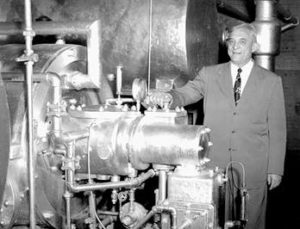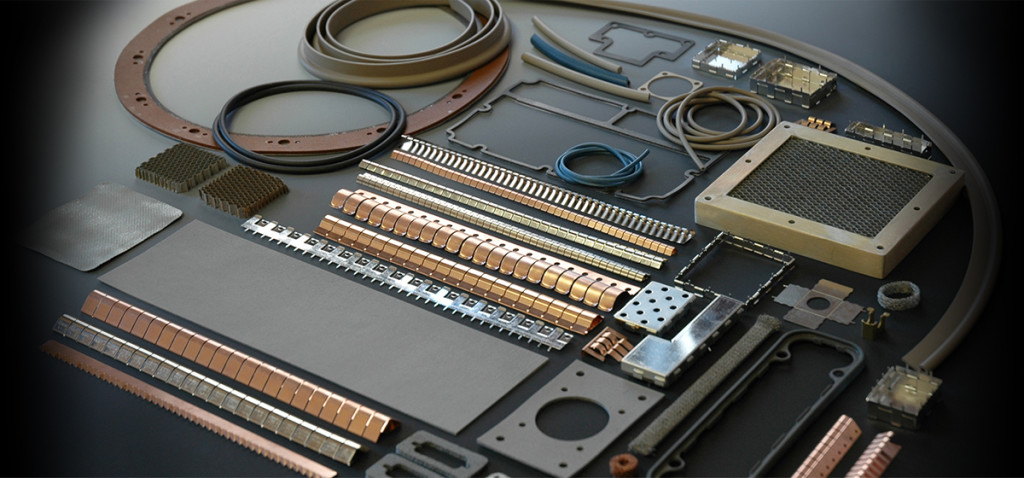While the climate in the USA doesn’t usually call for residential air conditioning systems, commercially they can be crucial to everyday operations. From glass offices to hospitals and shopping centres, a broken air conditioning unit can seriously affect business. Repairs and maintenance is vital, and as the premier provider of air conditioning maintenance in Birmingham, Breeze Installation can get you back to business as usual.
Air conditioning has a long and complex history, with various different types of technology being tried and tested since the 1800s. An American textile mill engineer was the first person to call his ventilating device “air conditioning,” and in the 30’s the first residential and car air conditioning units were invented.
An American textile mill engineer was the first person to call his ventilating device “air conditioning,” and in the 30’s the first residential and car air conditioning units were invented.
Post war, air conditioning became the latest item to have in the home, but in 1994 the air con market was threatened thanks to its main ingredient – the refrigerant Freon-12. Scientists in the 90’s discover global warming and Ozone depletion, and claim that Freon-12 is a huge culprit. Subsequently the refrigerant becomes banned in many countries, and manufacturers are forced to switch to R134a instead.
Fast forward to the air conditioning Systems, and technology has drastically improved. Many manufacturers try and make cooling systems as eco-friendly as possible, and the aesthetic appeal of the units has also been upgraded. Here’s some of the pivotal differences between traditional air conditioning units and the newer technology.
Conventional Air Con
Cooling accounts for the third leading use of energy and source of carbon emissions in commercial buildings. As it gives such a high consumption rate, it is important that air con systems are as efficient as possible – and traditional systems aren’t. They rarely use renewable energy sources and waste energy by cooling air beneath the needed temperature and reheating it. Conventional air conditioning systems are also inefficient as removing humidity from a room, which is a fundamental requirement during high temperatures. These concerns have been addressed by a development in the air con industry – liquid desiccant technology.
Liquid Desiccant Technology
In a liquid desiccant system, heat energy is used to negate the need for the electrical demand of certain components in a conventional system. For example, the waste heat of conventional units can be utilized to power the cooling of the liquid desiccant – this basically means that there could be up to a 40% reduction in the operating costs.
If you understand latent and sensible cooling, then latent cooling can be set 2 to 5 times higher than sensible cooling which is a great match for most climates.
As well as these more technical advantages, a liquid desiccant system can improve the air quality indoors by removing over 90% of microorganisms in one pass. This makes it the perfect system for environments such as hospitals, food processing factories, schools and laboratories.





Air conditioning technology has come a long way in the last decade. Advancements in compressor technology, variable frequency drives, and refrigerants have allowed for more efficient and powerful air conditioners. These advancements have helped to make air conditioning more affordable and accessible to a wider range of people. Thanks for sharing this blog with us.